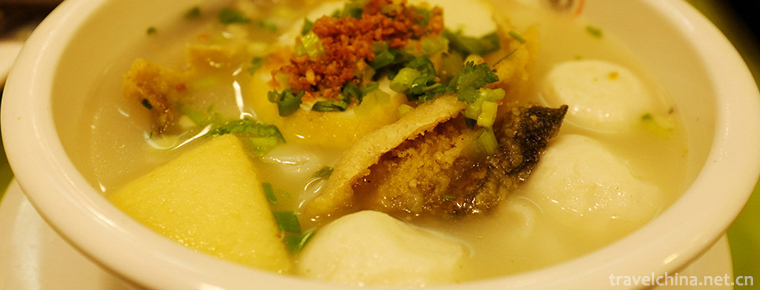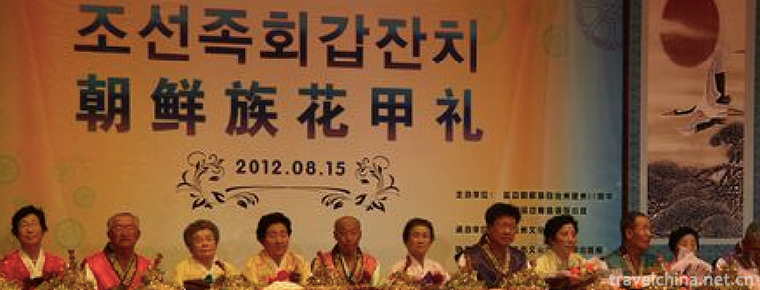2018-11-14

- By ChinaWiki.net
- Chinese Edition
- 2020-12-19
Guang'an economy
In 2019, the GDP of Guang'an City will reach 125.04 billion yuan, an increase of 7.5% over the previous year (the same below). Among them, the added value of the primary industry was 20.43 billion yuan, an increase of 2.8%; the added value of the secondary industry was 41.1 billion yuan, an increase of 8.2%; the added value of the tertiary industry was 63.51 billion yuan, an increase of 8.5%. The contribution rates of the three industries to economic growth are 6.2%, 44.0% and 49.8% respectively. The per capita GDP was 38522 yuan, an increase of 7.5%. The three industrial structure was adjusted from 16.8:33.1:50.1 in the previous year to 16.3:32.9:50.8. The added value of the city's private economy was 72.32 billion yuan, an increase of 7.6%, accounting for 57.8% of GDP and contributing 56.6% to GDP. The consumer price (CPI) rose by 3.6% in the whole year, of which the price of food (original caliber) rose by 7.9%, and the retail price of commodities (RPI) in urban areas increased by 3.4%. From the eight categories, food, tobacco and alcohol rose by 7.3%, clothing by 7.1%, residence by 1.6%, daily necessities and services by 2.5%, transportation and communication by 0.7%, education, culture and entertainment by 1.8%, health care by 1.2%, and other supplies and services by 3.4%. The producer price index (PPI) of industrial producers was the same as that of last year, in which the price of means of production decreased by 1.8%, the price of means of living increased by 4.6%, and the purchase price of industrial producer (IPI) decreased by 1.5%. The per capita disposable income of urban residents was 36005 yuan, an increase of 2926 yuan or 8.8%. Among them, wage income was 23873 yuan, an increase of 8.7%; net operating income was 5295 yuan, an increase of 8.4%; net property income was 2045 yuan, an increase of 8.6%; net transfer income was 4793 yuan, an increase of 10.3%. The per capita consumption expenditure of urban residents was 23637 yuan, an increase of 7.1%. Among them, food expenditure was 8123 yuan, an increase of 6.1%; clothing expenditure was 2496 yuan, an increase of 6.4%; residential expenditure was 3710 yuan, an increase of 7.6%; daily necessities and services expenditure was 2460 yuan, an increase of 7.2%; transportation and communication expenditure was 2430 yuan, an increase of 8.0%; education, culture and entertainment expenditure was 1954 yuan, an increase of 8.7%; medical and health care expenditure was 1772 yuan, an increase of 8.1%; other supplies and services expenditure was 691 yuan, an increase of 7.3%. The per capita disposable income of rural residents in the city was 16445 yuan, an increase of 1514 yuan or 10.1%. Among them, wage income was 7632 yuan, an increase of 9.8%; net operating income was 6606 yuan, an increase of 9.5%; net property income was 426 yuan, an increase of 17.2%; net transfer income was 1782 yuan, an increase of 12.3%. The per capita consumption expenditure of rural residents was 12523 yuan, an increase of 9.7%. Among them, food expenditure was 4502 yuan, an increase of 5.6%; clothing expenditure was 1118 yuan, an increase of 8.5%; residential expenditure was 2237 yuan, an increase of 14.1%; daily necessities and services expenditure was 1110 yuan, an increase of 11.3%; transportation and communication expenditure was 1261 yuan, an increase of 12.0%; education, culture and entertainment expenditure was 880 yuan, an increase of 11.8%; medical and health care expenditure was 1138 yuan, an increase of 12.5%; other supplies and services expenditure was 277 yuan, an increase of 14.8%.
Ask a Question
Your email address will not be published.



0 Questions